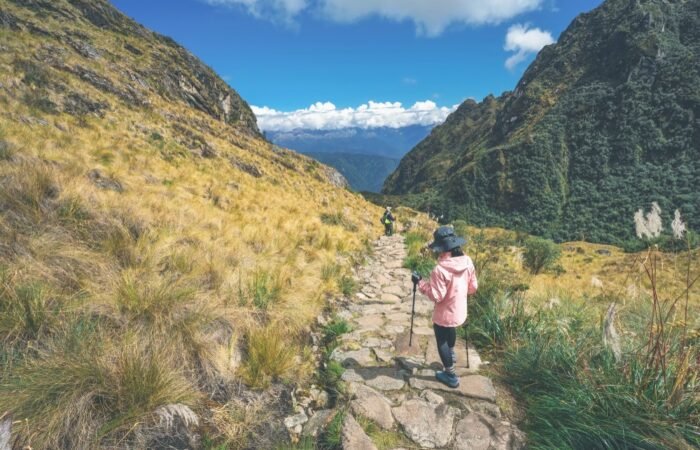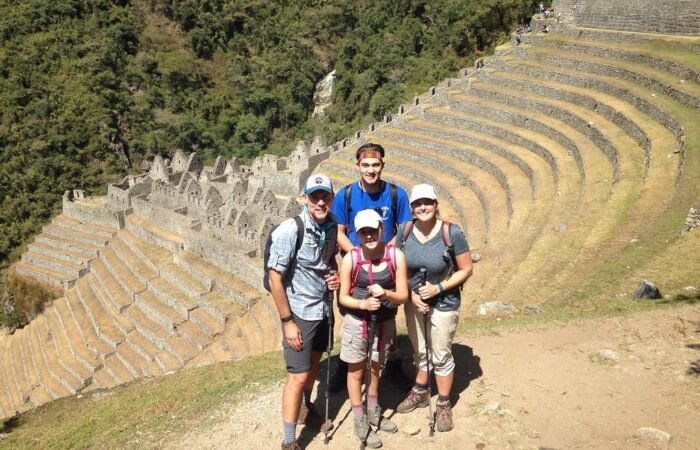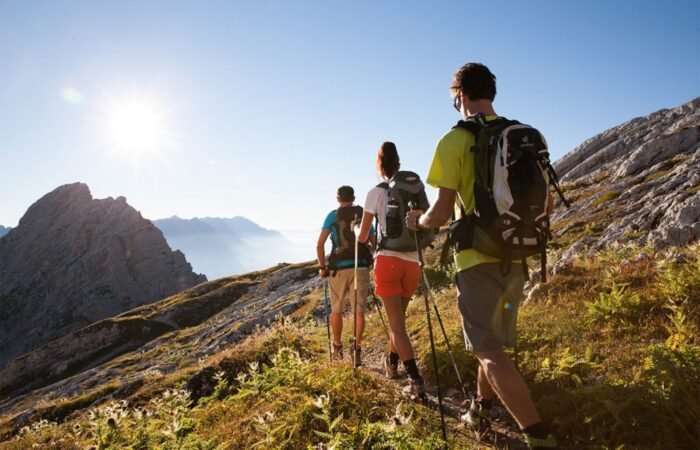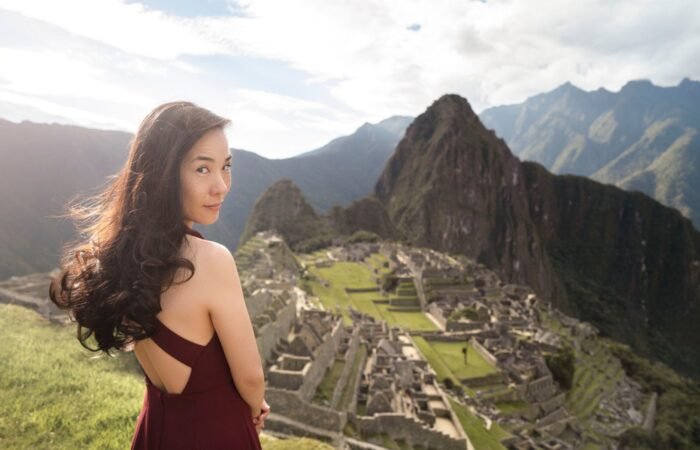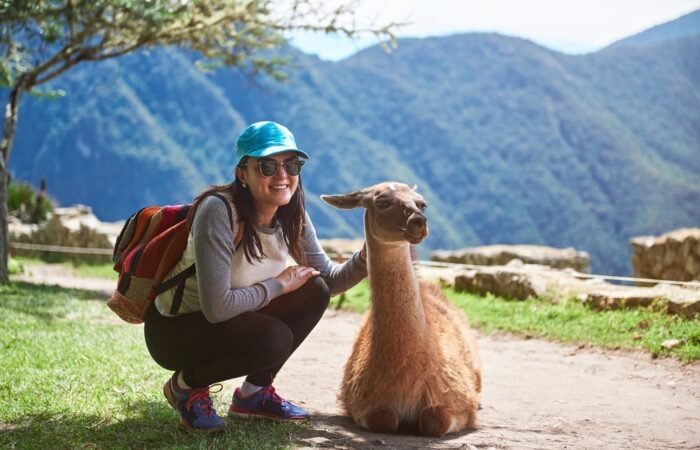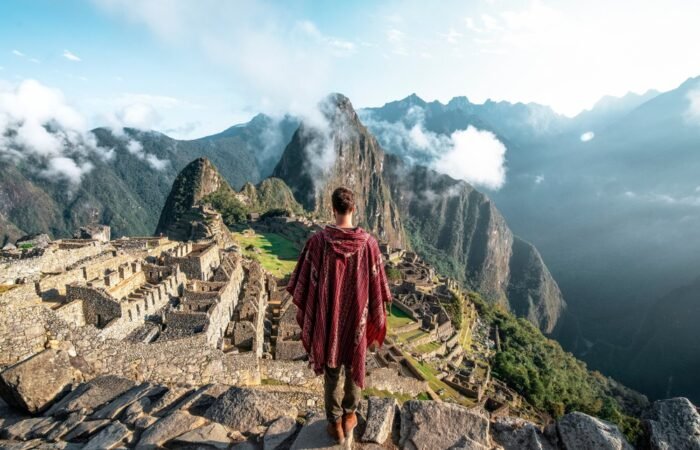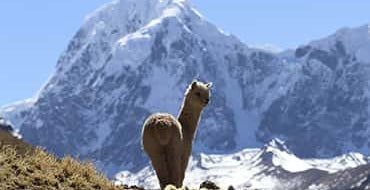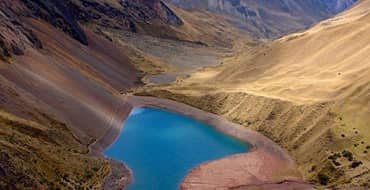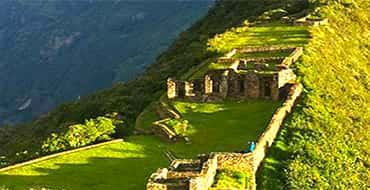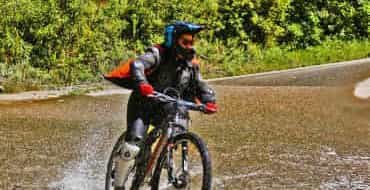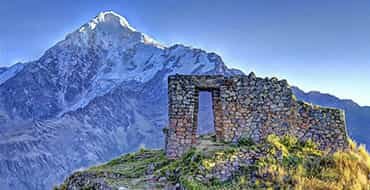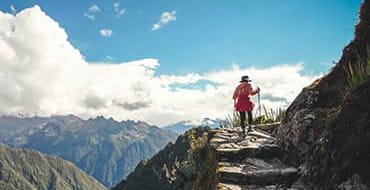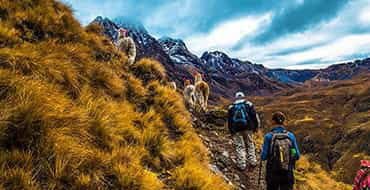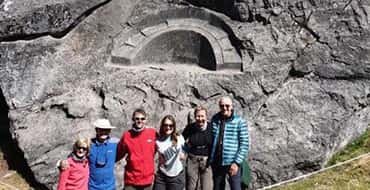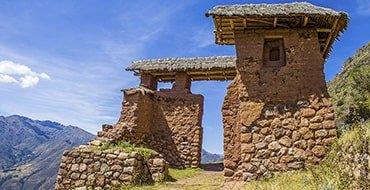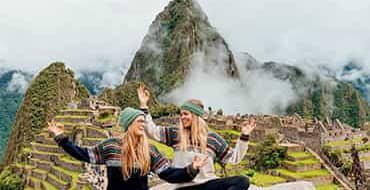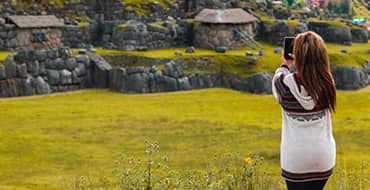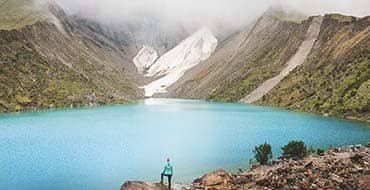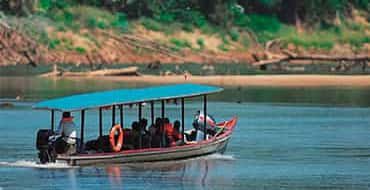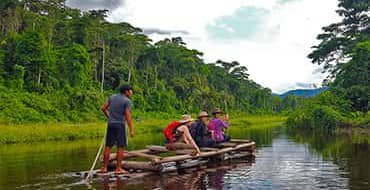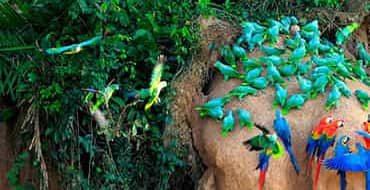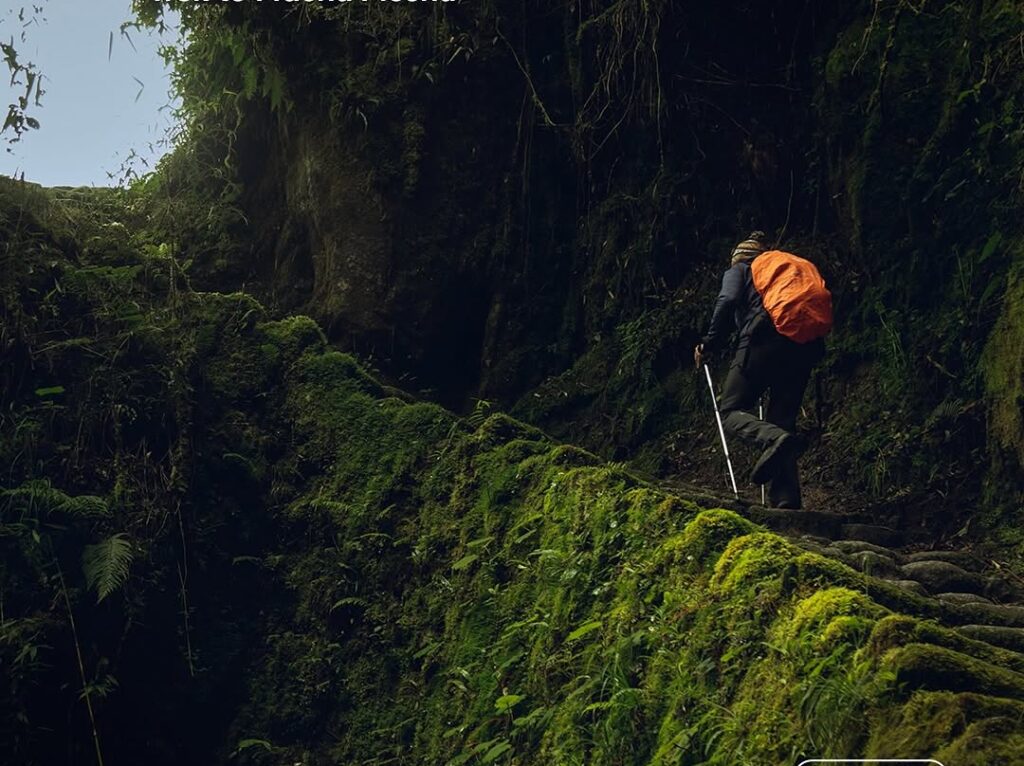
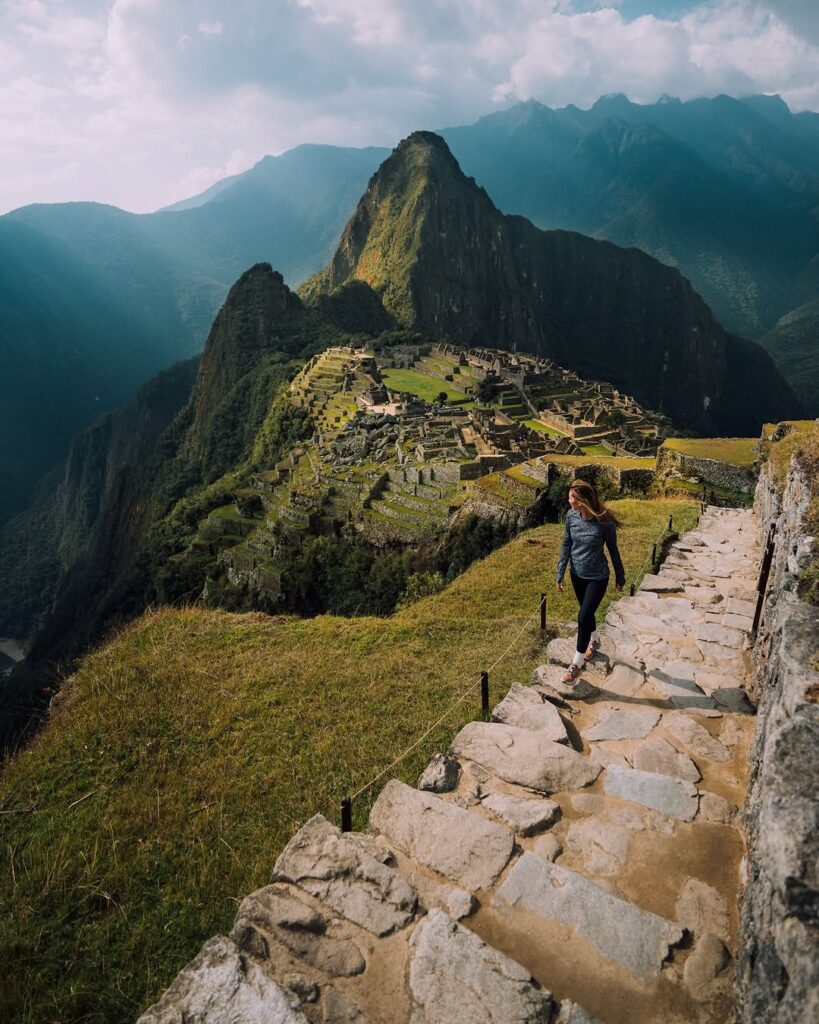
Introduction to the Inca Trail
The Inca Trail, a prominent trekking route located in Peru, attracts adventurers and nature enthusiasts from all over the globe. Spanning approximately 26 miles (42 kilometers), this historic pathway leads trekkers through breathtaking landscapes, showcasing stunning views of the Andes mountains, lush cloud forests, and ancient ruins. One of the most remarkable aspects of the Inca Trail is its deep-rooted connection to the Inca civilization, which flourished in the region from the early 15th century until the Spanish conquest in the 16th century.
Historically, the Inca Trail served as a vital part of the extensive network of roads used by the Incas to connect various regions of their empire. For centuries, it facilitated the movement of goods, armies, and information, thereby playing a pivotal role in the expansion and administration of this sophisticated civilization. Today, the trail is not only a physical route to the renowned archaeological site of Machu Picchu but also a culturally rich journey reflecting the history and achievements of the Inca people.
The allure of the Inca Trail lies in its unique fusion of natural beauty and historical significance. Hikers can expect to encounter multiple archaeological sites along the way, including impressive constructions such as Wiñay Wayna and Sayacmarca. The diversity of flora and fauna enhances the trekking experience, with varying ecosystems visible as trekkers ascend to higher altitudes. From verdant valleys to steep stone steps, the trail provides an immersive encounter with the rugged terrain and picturesque panoramas evocative of ancient times. With its blend of history, culture, and unparalleled scenery, the Inca Trail continues to be one of the most sought-after trekking routes in the world, making it an essential expedition for travelers looking to explore Peru’s rich heritage.
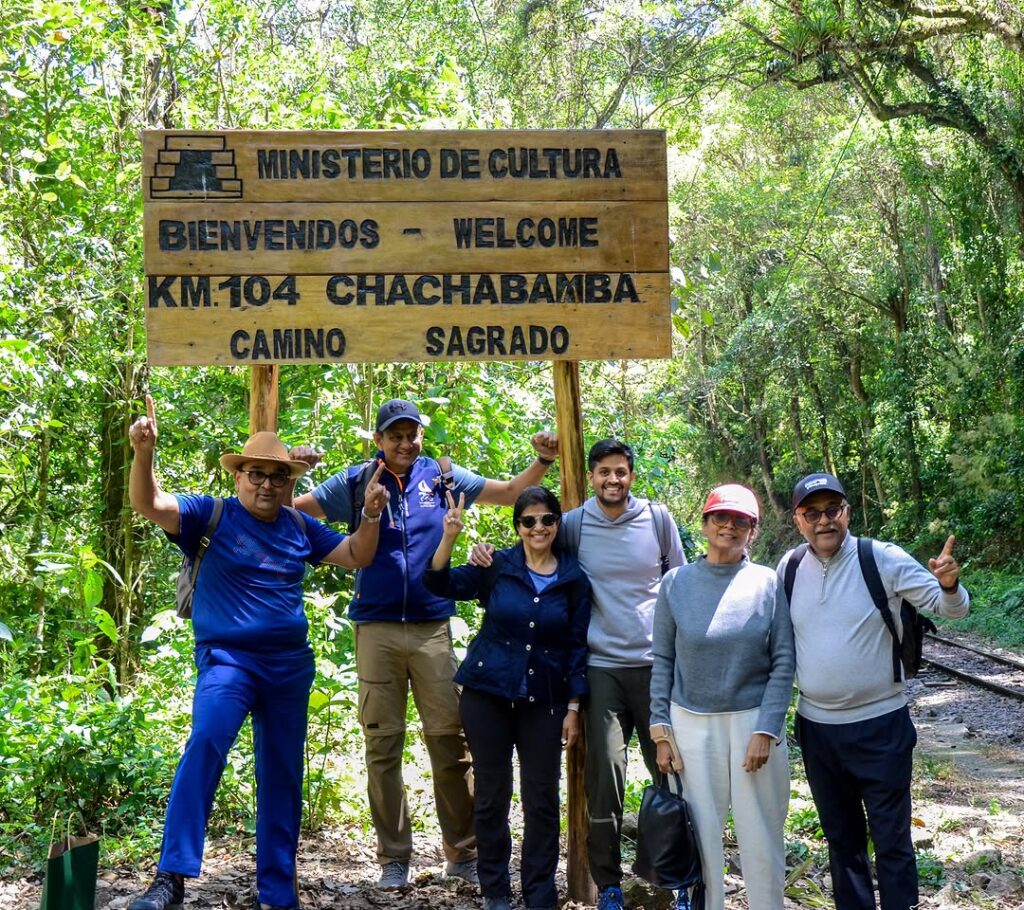
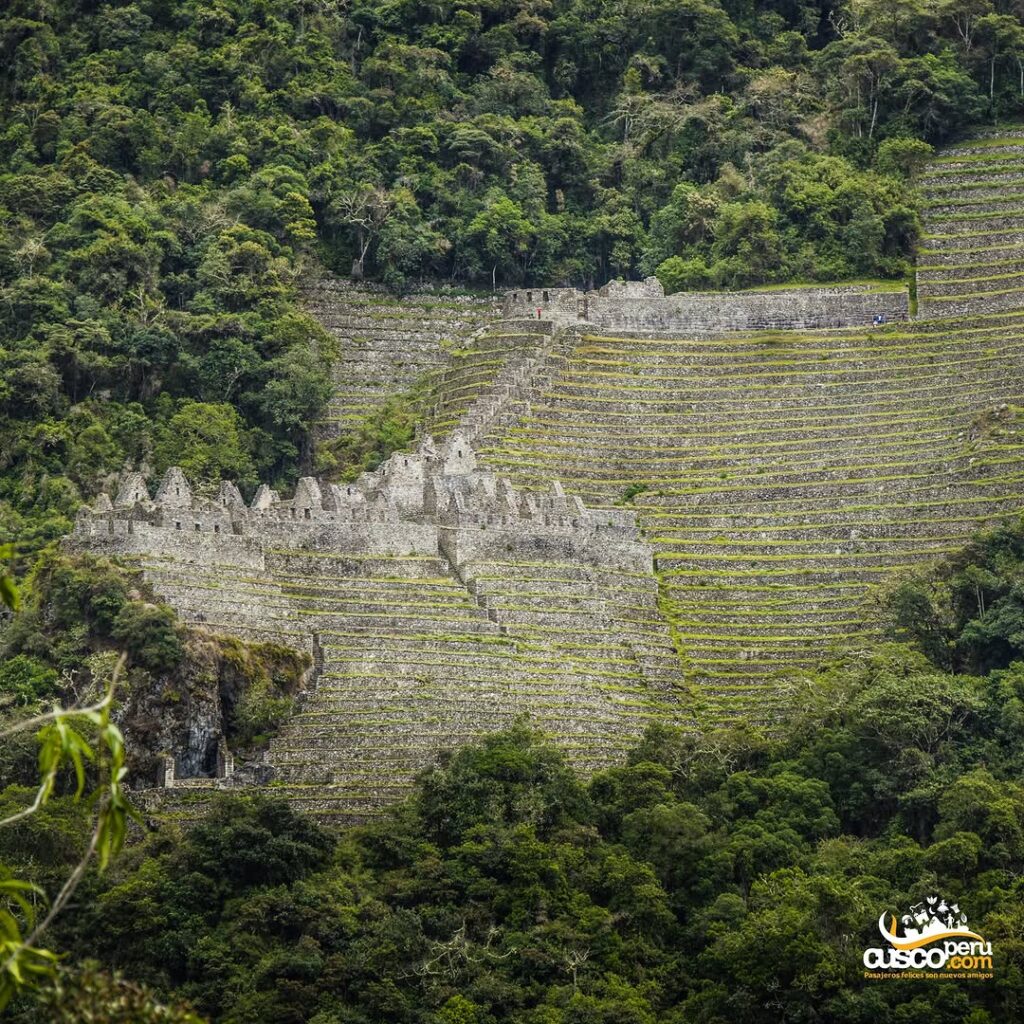
Reasons to Hike the Inca Trail in 2025
The Inca Trail remains one of the most iconic treks in the world, and 2025 presents a particularly opportune year to embark on this adventure. Various improvements in trail conditions are expected due to ongoing conservation efforts, ensuring that hikers can enjoy the intricate beauty of the Peruvian landscape with enhanced safety and accessibility. The commitment of local authorities and environmental organizations to maintaining the integrity of the trail means that its famed biodiversity will be preserved for future generations of trekkers.
In addition to trail improvements, 2025 will likely see the introduction of new amenities that enhance the overall hiking experience. This may include better signage, improved rest areas, and updated facilities such as eco-friendly campsites. The addition of such features not only supports hikers but also contributes to the sustainability of the local environment, showcasing an approach that respects and nurtures the surrounding ecosystem.
Moreover, the year 2025 may coincide with special events or celebrations that highlight Peru’s rich cultural heritage. Engaging with local communities during these festivities can provide a deeper understanding of the traditions and practices that have persisted for centuries. Hiking the Inca Trail during this time allows for an immersive experience, fostering connections between trekkers and local cultures while promoting responsible tourism that supports community development.
Furthermore, choosing to hike the Inca Trail in 2025 contributes positively to the environment. As more travelers are driven by ecological concerns, participating in guided hikes often incorporates eco-friendly practices. This includes minimizing waste, respecting wildlife, and supporting conservation efforts. By supporting local guides and businesses, trekkers can help bolster community economies while ensuring that the impacts of tourism are managed sustainably.
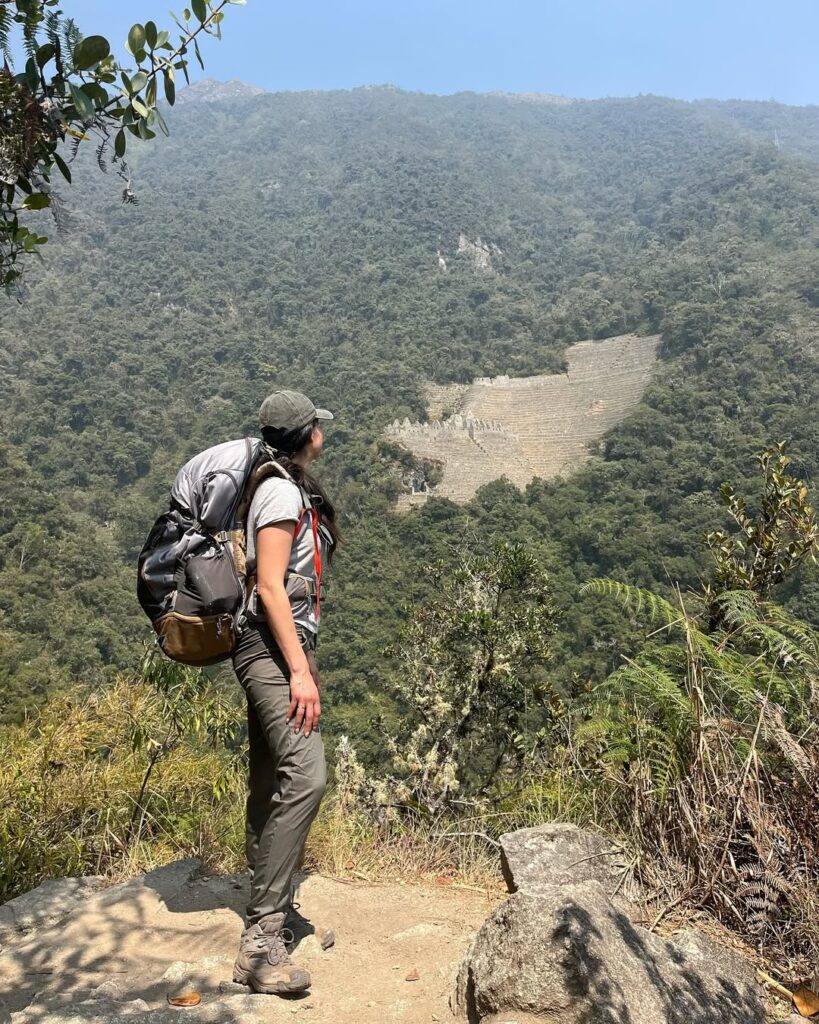
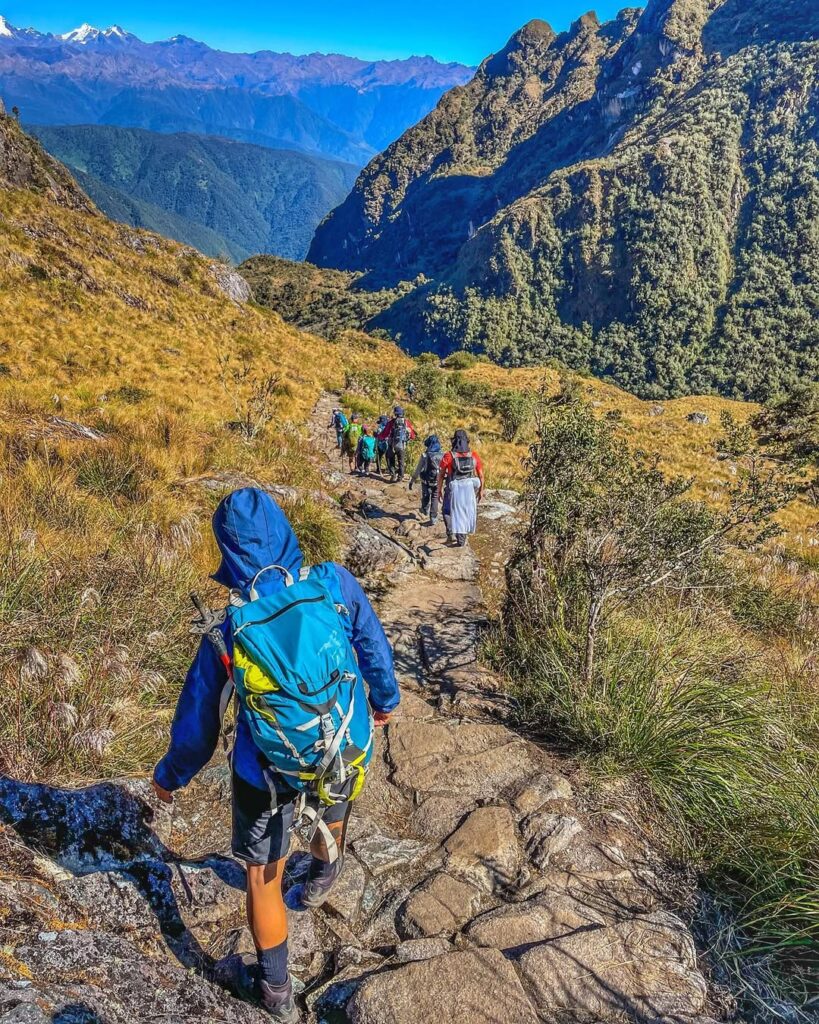
Preparation for the Hike
Embarking on the Inca Trail requires thorough preparation to ensure a safe and enjoyable experience. The first step in this process is to focus on physical training, as the trail spans approximately 26 miles and involves various altitudes and terrains. A well-rounded fitness regimen should include cardio exercises like hiking, running, or cycling three to four times a week, combined with strength training to build core and leg strength.
In addition to cardiovascular and strength training, consider incorporating flexibility workouts, such as yoga or Pilates, into your routine. This will help improve your balance and prevent injuries, which is crucial for navigating the uneven surfaces of the Inca Trail. Begin your training a few months in advance to allow your body to adapt to the increased activity.
Gear requirements are another essential aspect of your preparation. Invest in a pair of good-quality hiking boots that provide ample support and proper fit. It is also advisable to break them in before the hike to prevent blisters. Other essential gear includes a comfortable daypack, moisture-wicking clothing, a weatherproof jacket, hydration systems, and trekking poles for added stability. Each of these items contributes to your overall comfort and performance throughout the journey.
In terms of documentation, obtaining the necessary permits for the Inca Trail is crucial. These permits can sell out quickly, especially for the 2025 season, so it is advisable to secure them well in advance, ideally six months prior to your desired hike dates. This will not only guarantee your spot but also provide peace of mind as you finalize your preparation. By adhering to these guidelines and allowing ample time for training and gear acquisition, you will significantly enhance your Inca Trail experience.
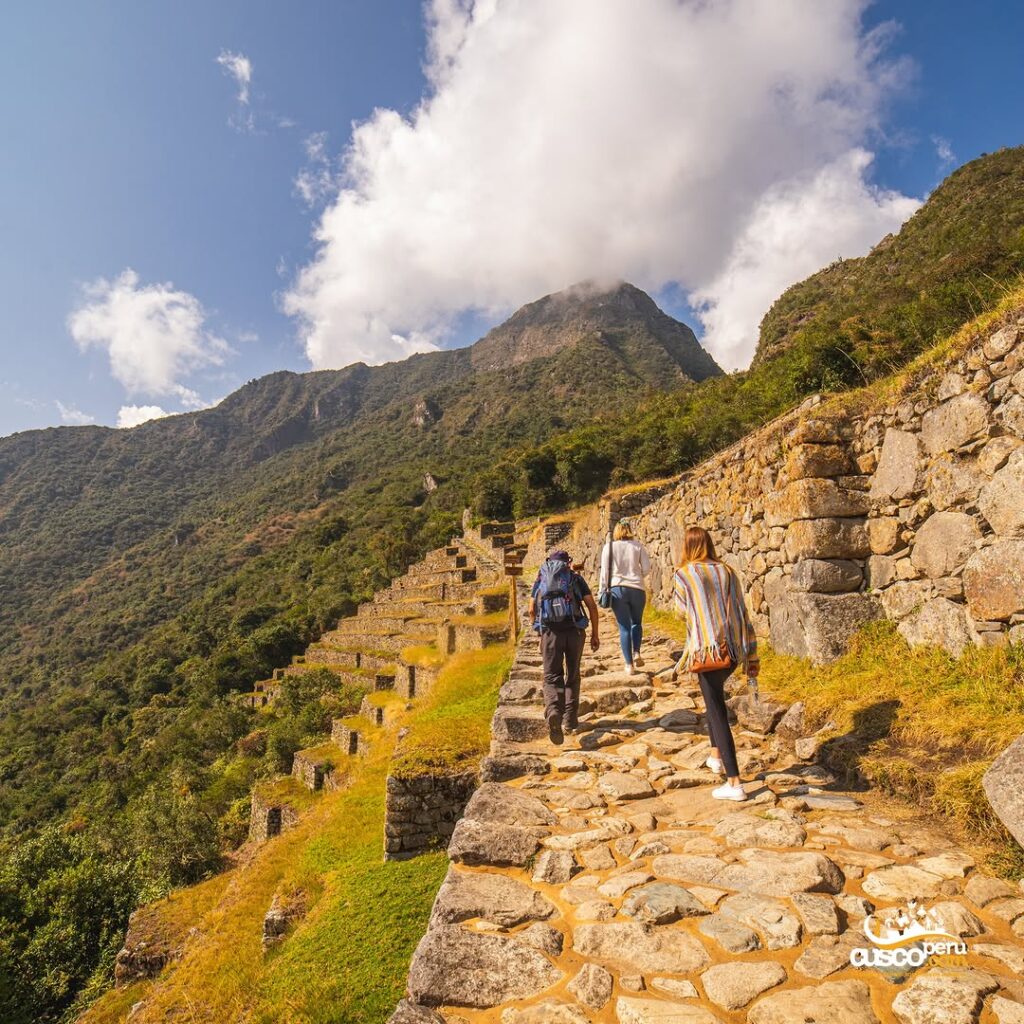
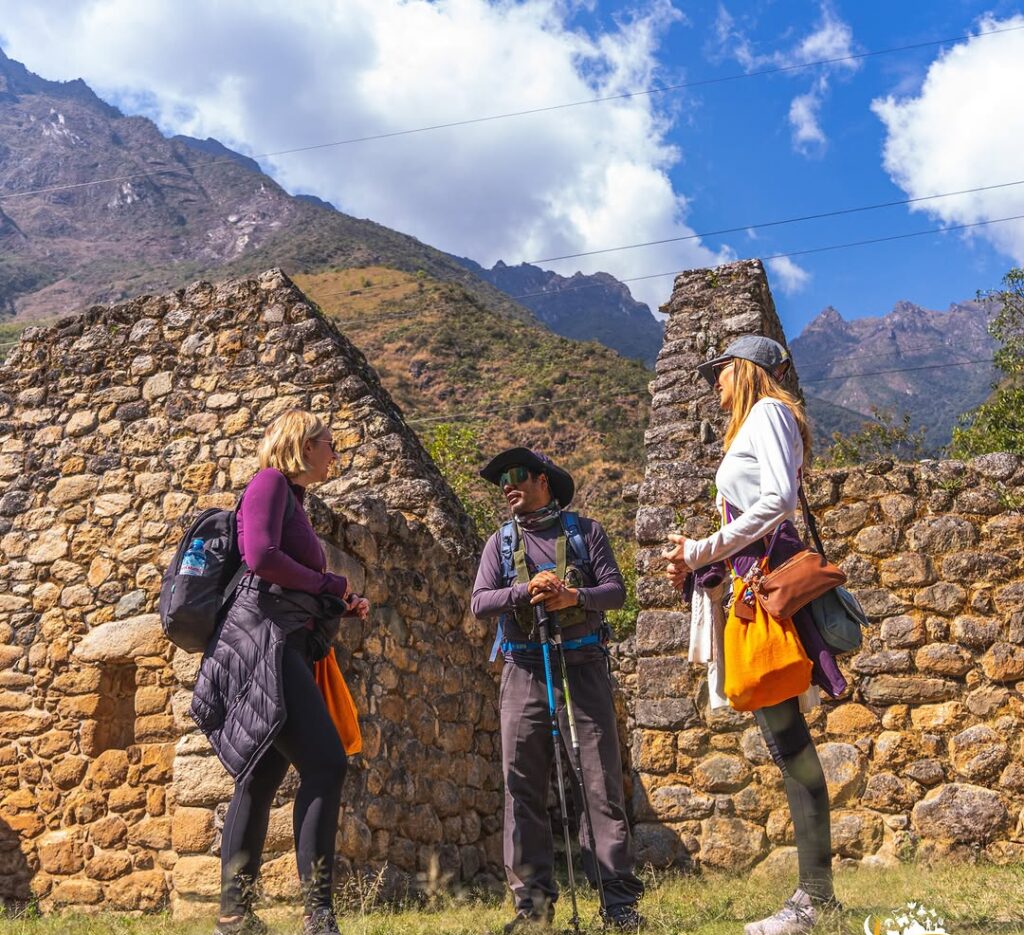
Best Time to Plan Your Hike
Choosing the optimal time to hike the Inca Trail is crucial for ensuring a memorable and enjoyable experience. The best months to plan your hike are generally from May to September, which align with the dry season in the region. During this period, the weather is relatively stable, featuring clearer skies and minimal rainfall. This favorable weather condition enhances visibility, providing breathtaking views of the landscape and ancient ruins without the interruption of heavy rain.
May marks the onset of the dry season and offers mild temperatures, making it an excellent choice for trekkers. Additionally, this month is slightly less crowded than the peak season of June and July, allowing hikers to enjoy the tranquility of the trail. June and July, while offering great weather, tend to attract larger crowds. As a result, securing permits well in advance is recommended for these months. Trekking during these peak months offers the advantage of interacting with fellow hikers and sharing memorable experiences, but it may also lead to a more hectic atmosphere along the trail.
August serves as an ideal time for wildlife enthusiasts, as this month offers opportunities to observe diverse flora and fauna. Wildlife, including various bird species and unique mammals, can often be spotted during hikes. September marks the transition into spring, allowing visitors to witness the landscape’s refreshing transformation as vegetation begins to blossom. Therefore, planning your hike for September can lead to fewer crowds and a unique view of the vibrant scenery.
Ultimately, the timing of your Inca Trail hike should align with your personal preferences regarding weather, crowd levels, and opportunities for wildlife sightings. Each season presents its unique charm, making it essential to carefully consider the months that best suit your desired hiking experience.
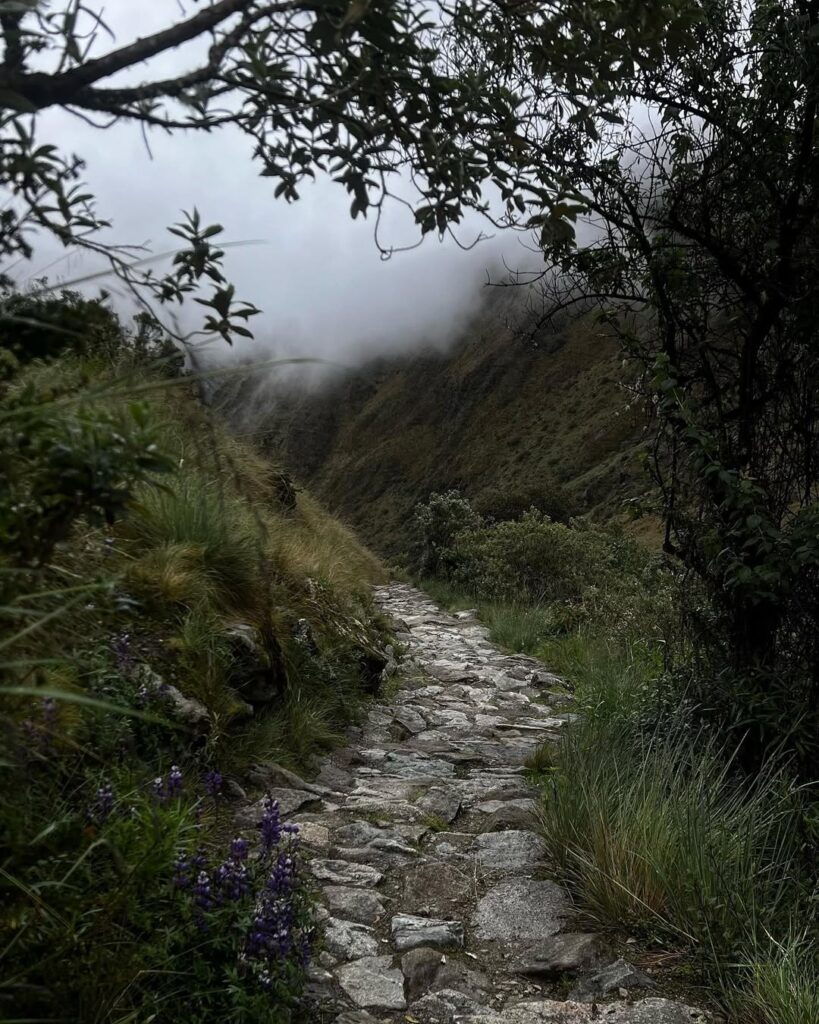
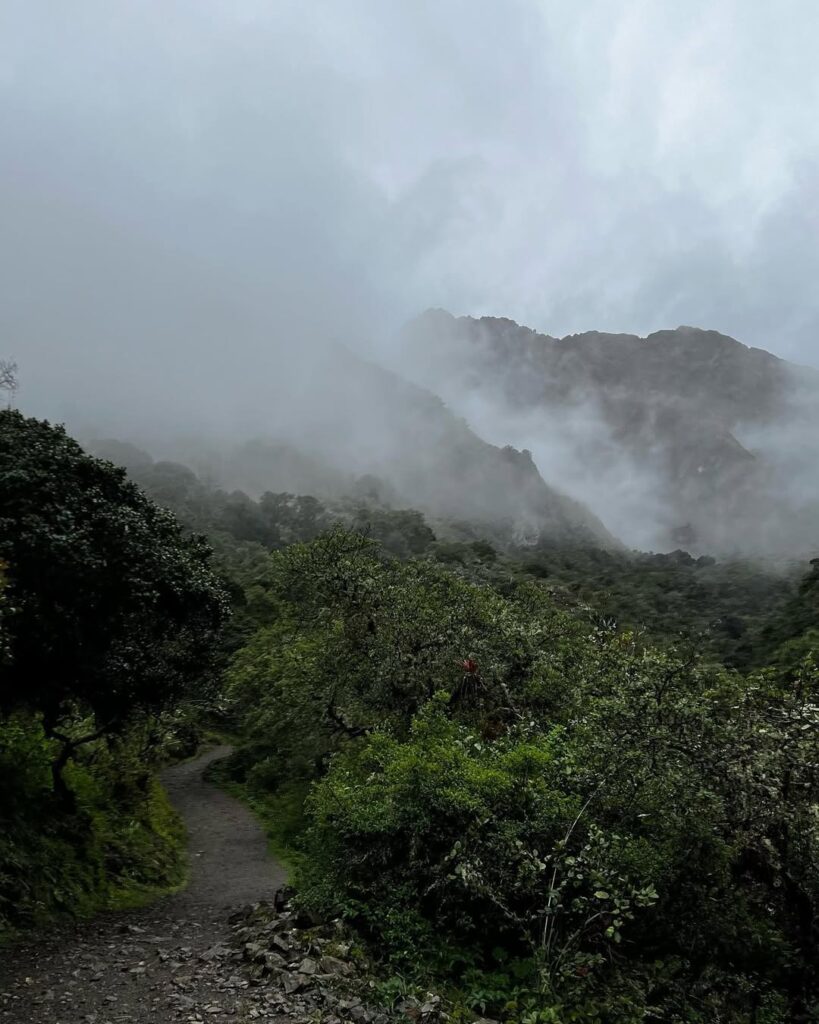
Understanding the Inca Trail Route
The Inca Trail is a renowned trekking route that takes adventurers through the stunning landscapes of Peru, ultimately leading to the historic site of Machu Picchu. This multi-day hike, typically completed in four days, varies in difficulty and offers spectacular landmarks, each with its distinct charm and challenge. The entire route spans approximately 26 miles, winding through a combination of lush valleys, steep ascents, and breathtaking views.
The journey begins at kilometer 82, where hikers are greeted by the majestic Andes mountains. As they progress, the first significant challenge is the ascent to Dead Woman’s Pass (Warmiwañusca), which stands as the highest point along the trail at 4,215 meters. This section is known for its steep climbs, requiring considerable physical endurance, but the panoramic vistas from the summit are both rewarding and memorable.
Following the pass, hikers descend into the Pacaymayo Valley before tackling a second ascent to Runkurakay Pass. This segment features ancient ruins such as Runkurakay, which offers insight into the Inca civilization. Subsequently, the trail descends once again, leading through lush vegetation toward the impressive Wiñay Wayna archaeological site. Known for its terraced agriculture and stunning views, Wiñay Wayna serves as a reminder of the ingenuity behind the Incan lifestyle.
Finally, after traversing through diverse ecosystems and encountering various flora and fauna, hikers arrive at the sun gate, Inti Punku, where the breathtaking sight of Machu Picchu comes into view. This section, rich in cultural significance, celebrates the culmination of the Inca Trail experience. As travelers embark on this unforgettable journey in 2025, they will not only witness remarkable attractions but also engage in a physically demanding yet immensely gratifying adventure.
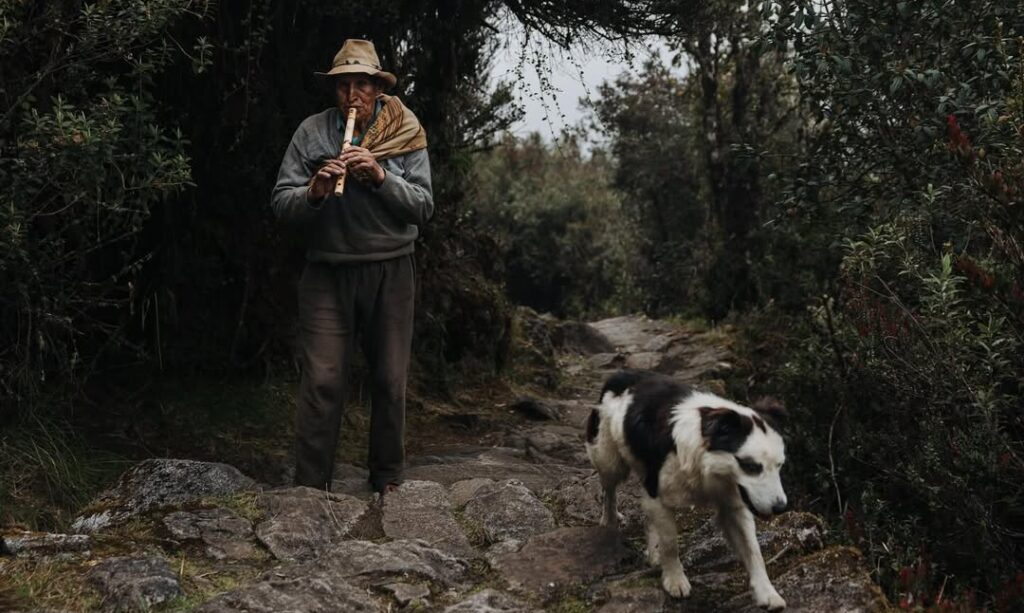
Cultural Insights: Connecting with the Inca Heritage
Hiking the Inca Trail serves as a profound journey, allowing trekkers to immerse themselves in the rich history and vibrant culture of the Inca civilization. This iconic path, extending through the stunning landscapes of Peru, not only leads to the remarkable ancient site of Machu Picchu but also provides opportunities to explore the cultural heritage that defines the region.
As adventurers traverse the trail, they will encounter numerous archaeological sites that reveal the ingenuity and architectural prowess of the Incas. Structures such as Wiñay Wayna and Patallacta showcase the artistry behind their stonework, while the terraced agriculture practices hint at the advanced methods utilized by the civilization to thrive in the Andean ecosystem. Each stop along the Inca Trail tells a story that echoes the past, deepening one’s appreciation for the Inca way of life.
Furthermore, the Inca Trail allows hikers to connect directly with local communities, offering a glimpse into traditional practices that have been preserved for generations. Visitors may interact with the Quechua people, who descend from the Inca descendants, engaging in exchanges that highlight their customs, language, and beliefs. These interactions provide trekkers with a unique cultural experience, resulting in a deeper understanding of the living legacy of the Inca heritage.
The significance of cultural rituals and celebrations along the trail enhances this experience, as trekkers may have the opportunity to witness traditional music, dance, and festivals that honor the ancient customs. These encounters not only enrich the hiking experience but also foster a mutual respect for the vast cultural tapestry woven through the Andean heritage.
Overall, the Inca Trail represents more than just a physical challenge; it is an invaluable opportunity to connect with the history and culture of the Inca civilization, making the journey a richly rewarding experience for all who embark upon it.
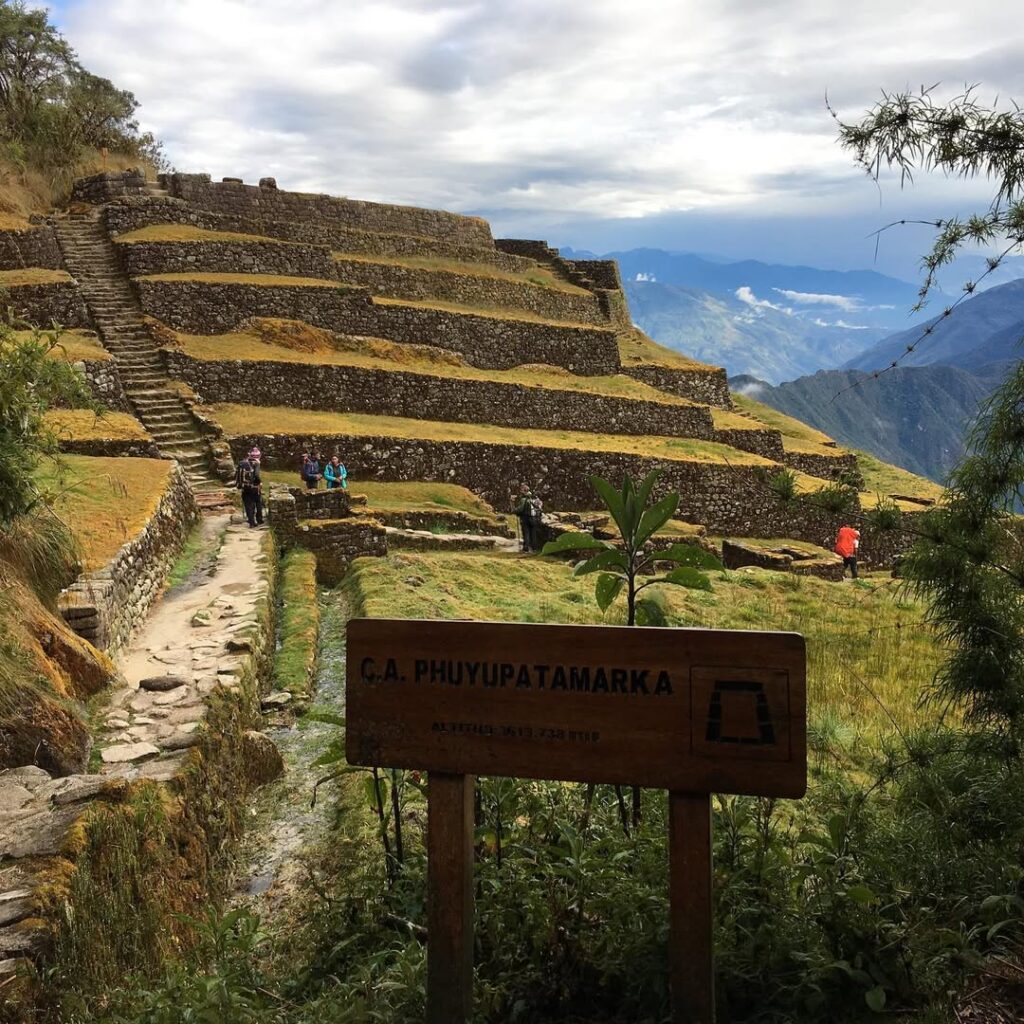
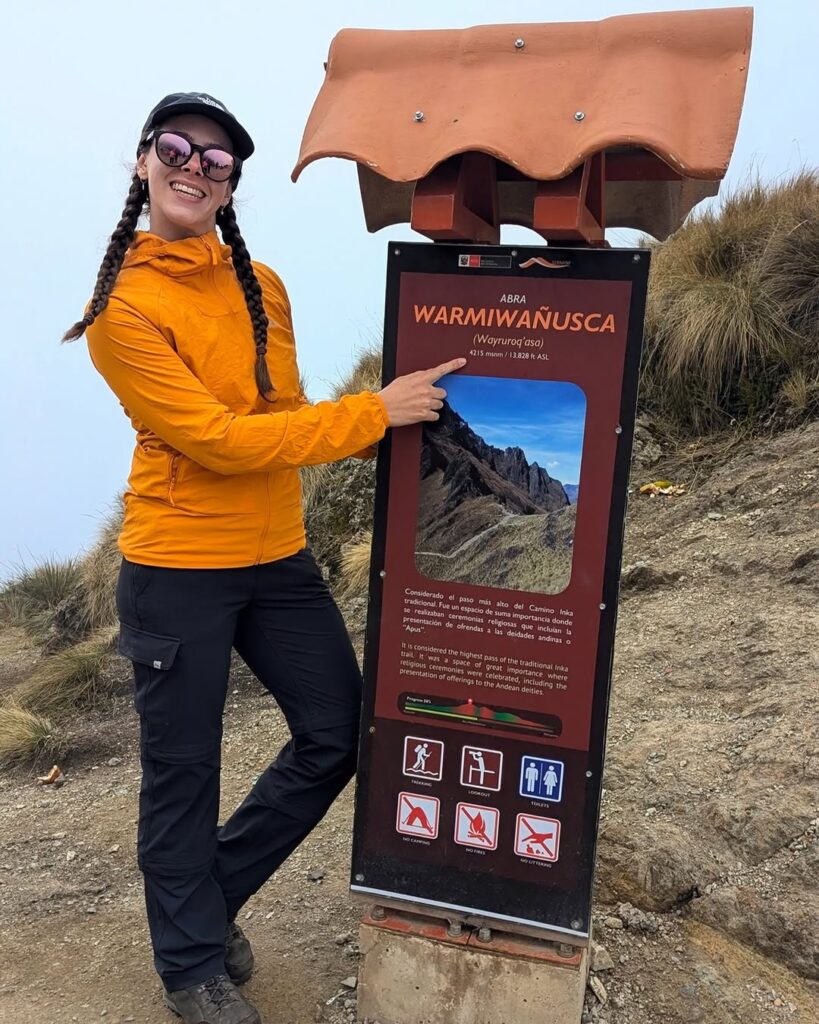
Sustainable Hiking Practices
As the popularity of hiking the Inca Trail continues to rise, it is crucial to adopt sustainable practices to protect the delicate environment throughout this historic route. The principles of sustainability emphasize minimizing environmental impact and ensuring that the natural beauty of this UNESCO World Heritage site is preserved for future generations of hikers. By embracing responsible hiking practices, individuals can enjoy the trail while contributing positively to its ecosystem.
One foundational set of strategies for hikers is the Leave No Trace principles. These seven guidelines encourage adventurers to maximize their enjoyment of nature while minimizing negative effects. First, it is essential to plan ahead and prepare adequately, which includes understanding the rules of the trail and supplies needed for the journey. Staying on established paths will help protect native vegetation and minimize soil erosion, ensuring the trail remains intact for others.
Additionally, it is vital for hikers to pack out all waste, including food remnants and packaging. Engaging in proper waste management helps keep the Inca Trail clean and maintains its allure. Hikers should also consider using biodegradable products and minimizing the use of single-use plastics, which can accumulate and harm wildlife. Moreover, respecting wildlife habitats by observing from a distance and not feeding animals are essential practices to promote a harmonious coexistence with nature.
Supporting local businesses is another significant aspect of sustainable hiking. By choosing to camp with local guides, purchase fresh food from nearby markets, and support artisans, hikers contribute to the community’s economy. This approach not only enriches the travel experience through cultural exchange but also fosters a sense of stewardship for the environment, encouraging ongoing efforts to maintain the trail’s integrity.
Incorporating these sustainable practices while hiking the Inca Trail is imperative to protect this majestic landscape. By committing to environmentally sensitive behaviors, hikers can ensure that its beauty endures for many years to come.
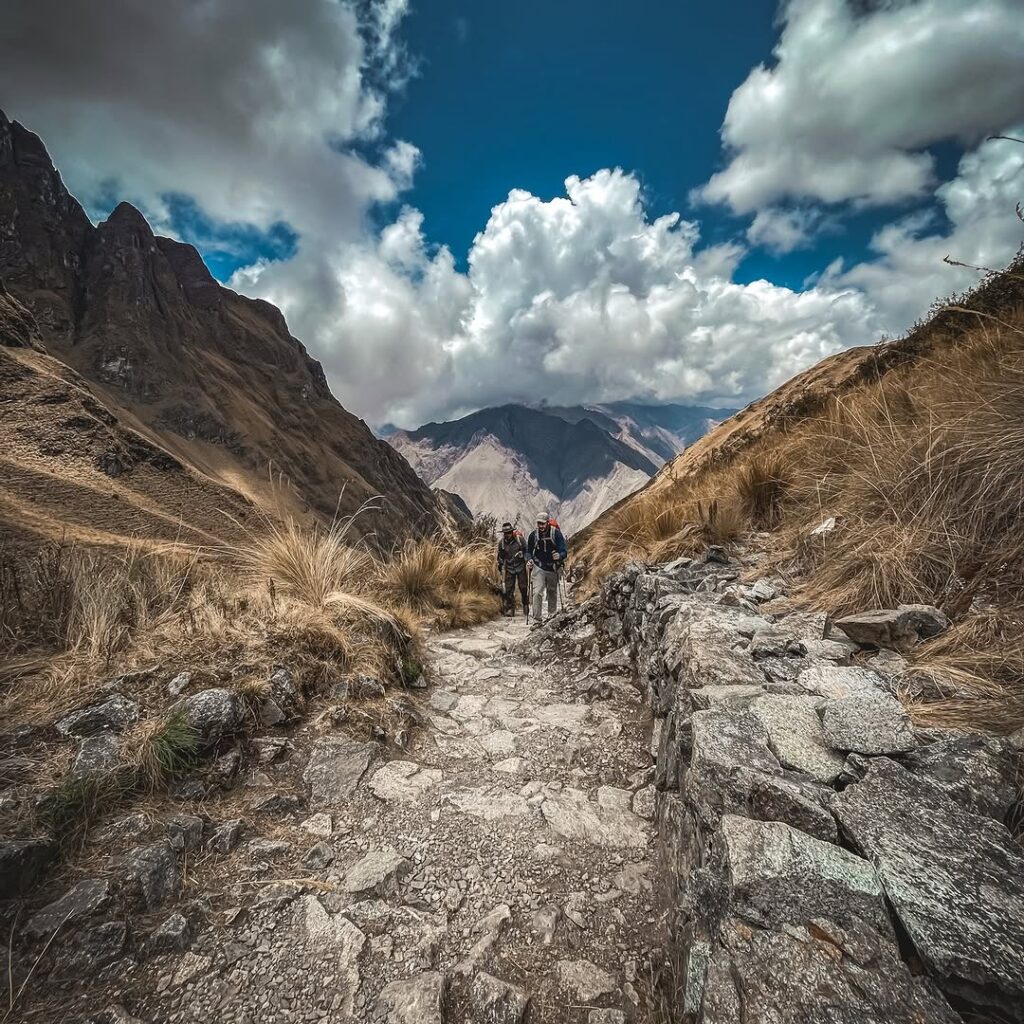
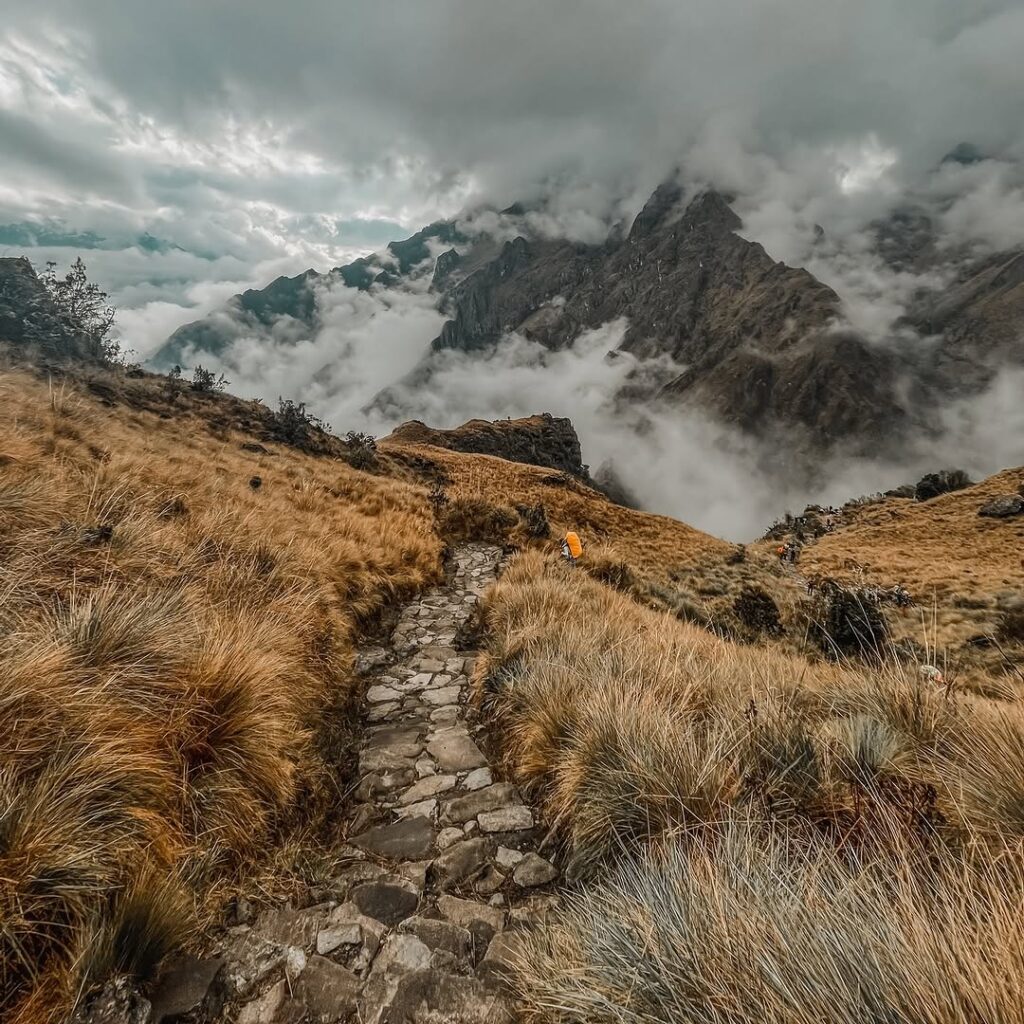
Safety Tips for Hikers
Embarking on the Inca Trail is an adventurous choice that promises stunning landscapes and rich cultural experiences. However, ensuring your safety during this trek requires careful planning and awareness of potential risks. One of the most significant challenges hikers face is altitude sickness, which can occur due to the rapid change in altitude. It is advisable to acclimatize properly by spending a few days at high altitude before starting the trail. Recognizing symptoms such as headaches, dizziness, and nausea is critical. If you experience these symptoms, it’s essential to descend to a lower altitude immediately.
Injury prevention should also be a priority for hikers. A well-balanced mix of physical training, including strength and endurance exercises, can enhance your fitness level, making the trek more manageable. Moreover, wearing appropriate footwear is crucial; choose sturdy hiking boots with good grip and ankle support. Always utilize walking poles to help stabilize your balance on the varying terrain, reducing the risk of slips and falls.
Staying hydrated is key while hiking the Inca Trail. The combination of altitude and exertion can lead to dehydration more rapidly than usual. It’s advisable to drink water consistently throughout the day rather than waiting until you feel thirsty. Carrying a portable water filter or water purification tablets can help ensure a safe and adequate drinking supply, especially in remote areas.
Wildlife interactions can also present unexpected challenges. While the flora and fauna surrounding the Inca Trail are mesmerizing, it’s essential to maintain a respectful distance from animals and avoid feeding them. Understanding their behavior and knowing how to react in case of an encounter is vital for your safety.
In the event of an emergency, having a basic first-aid kit is recommended. Familiarize yourself with its contents and how to use them. Additionally, ensuring you have a means of communication, such as a satellite phone or a local SIM card, can be invaluable for reaching help promptly. By adhering to these safety tips, you can enjoy your hike on the Inca Trail while minimizing risks.
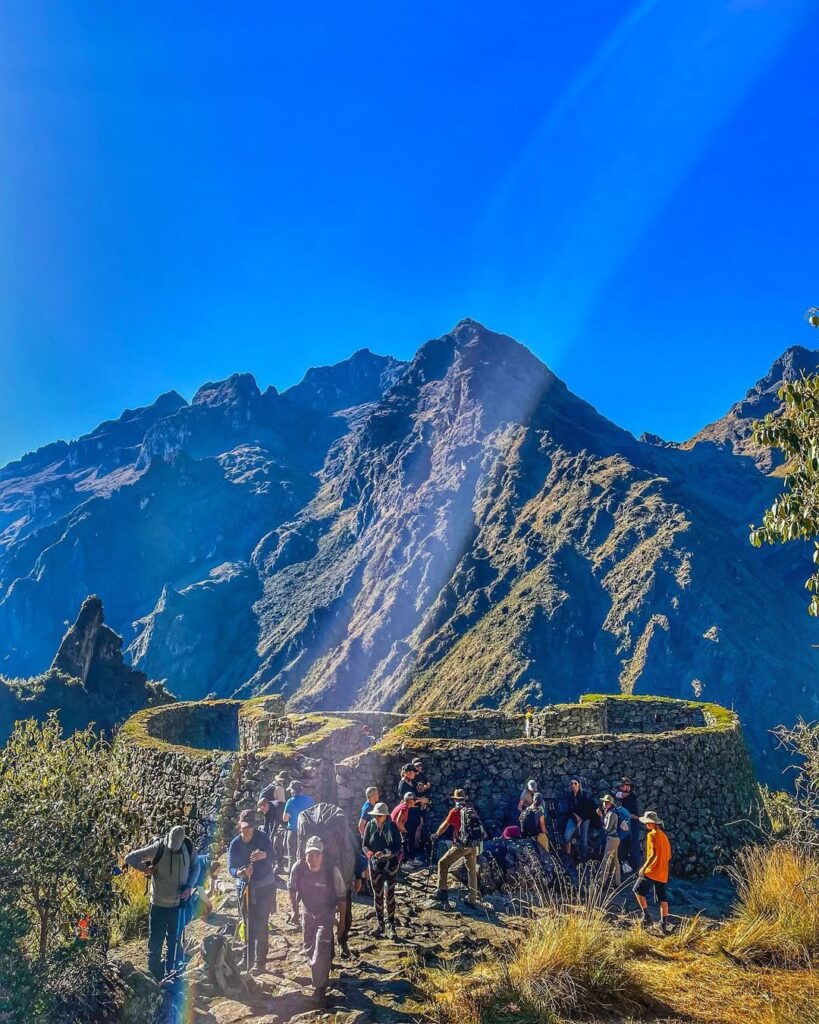
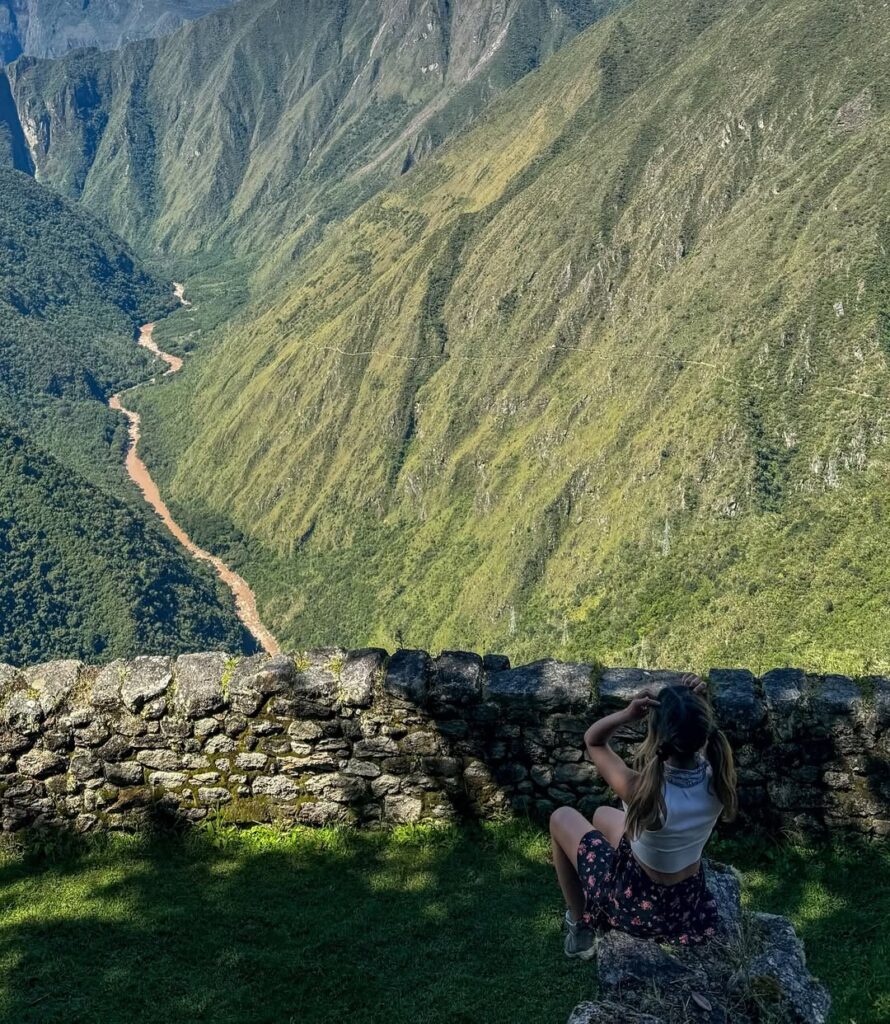
Conclusion: The Adventure Awaits
As we reflect on the significance of hiking the Inca Trail in 2025, it becomes clear that this adventure goes beyond mere trekking; it encapsulates a profound journey through the rich tapestry of history and nature. Each step along this ancient path not only brings you closer to the breathtaking landscapes of the Andes but also immerses you in the vibrant cultural heritage of the Incas. The experience offers a unique blend of physical challenge and personal growth that can reshape your perspective on life.
Those who have embarked on this journey often speak of the camaraderie built with fellow hikers, the awe-inspiring views of the rugged mountains, and the spiritual connection felt at the mystical site of Machu Picchu. Such moments are not readily found in daily routines. Instead, they arise from venturing into the wild, where the serenity of nature acts as a backdrop for self-discovery and reflection. Every sunrise witnessed from the heights of the Inca Trail serves as a reminder of the beauty that exists in the world and within ourselves.
Furthermore, the hike provides an opportunity to disconnect from the fast-paced digital world, instead embracing the simplicity of nature and the joys it brings. The physical exertion needed to complete the trail can lead to an invigorated state of mind and a renewed sense of purpose. Whether you are an experienced hiker or a novice adventurer, the Inca Trail is a calling worth answering.
Therefore, as we look toward 2025, consider challenging yourself to take part in this extraordinary adventure. The memories created, the lessons learned, and the connections forged will undoubtedly last a lifetime. So lace up your hiking boots, gather your gear, and prepare for a journey that promises to be as enriching as it is exhilarating. The Inca Trail awaits you.
